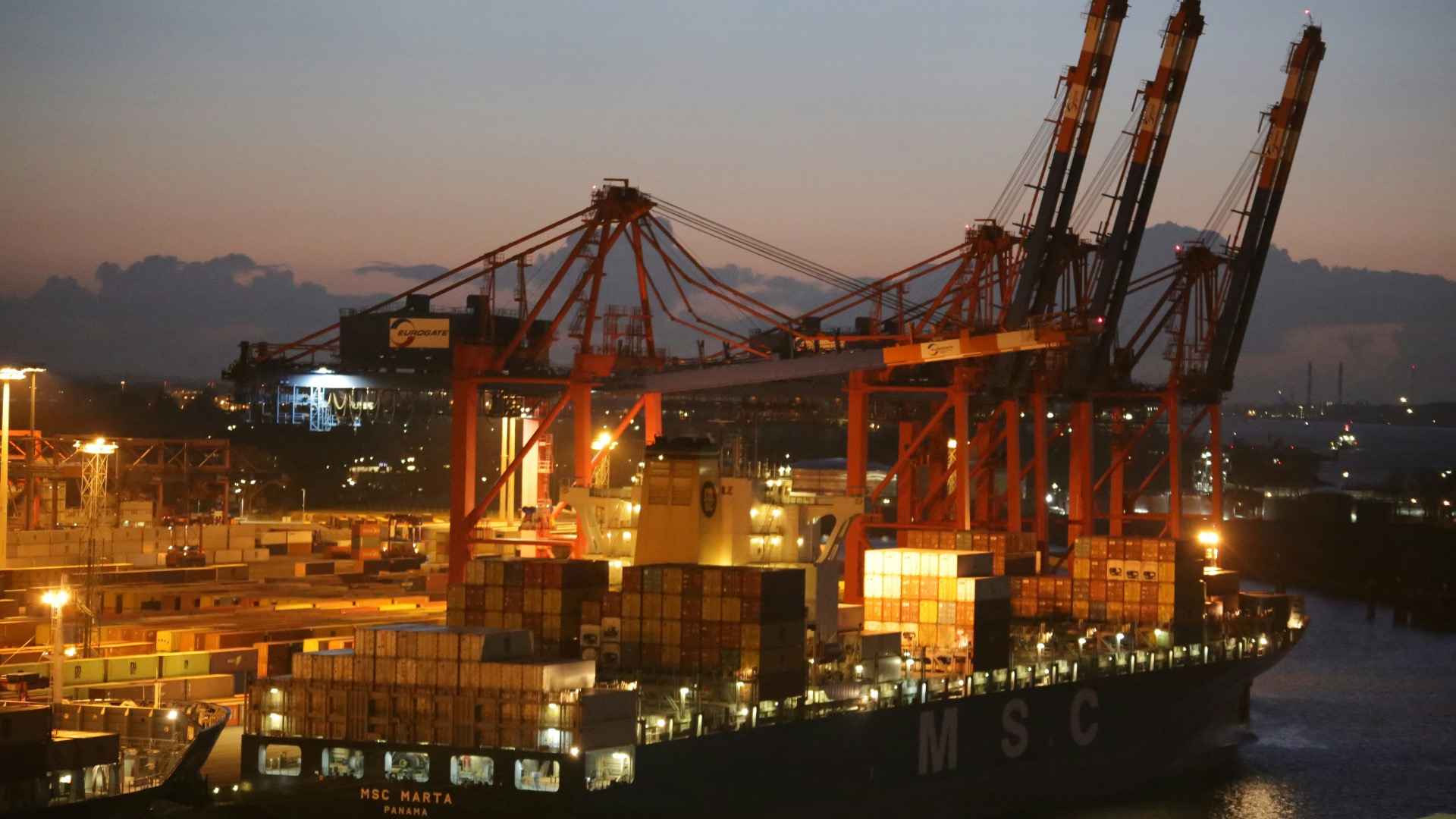
After Pahalgam: A Fragile Peace Between Pakistan and India
The 2025 India-Pakistan Crisis
On May 7, 2025, India launched Operation Sindoor, conducting a series of 14 missile and drone strikes targeting nine locations inside Pakistan-administered Kashmir, and Pakistan’s Punjab province. Indian officials claimed that these precision strikes targeted terrorist infrastructure belonging to Lashkar-e-Taiba and Jaish-e-Mohammed – two Pakistan-based UN-designated Islamic militant organizations. In response, Pakistan condemned the strikes as an ‘act of war’, alleging that civilian areas, including mosques were hit, with over 31 civilian casualties reported.
The conflict escalated rapidly as Islamabad retaliated with drone strikes against Indian military positions and heavy artillery shelling across the Line of Control (LoC). Hostilities quickly expanded beyond ground exchanges – as both the Pakistani and Indian Air Forces conducted cross-border operations from May 7 to May 10.
On May 10, Pakistan launched its own retaliatory operation codenamed Operation Bunyan-un-Marsoos, targeting Indian military installations in response to Indian airstrikes against Pakistani military sites earlier that night. The situation appeared to spiral toward the brink of nuclear confrontation. However, intervention by the U.S. President Donald Trump helped bring both sides to the table. A ceasefire was announced later that day, with both countries claiming victory.

The Pahalgam Attack: Catalyst for Crisis
This unprecedented military action came in direct response to the April 22 Pahalgam terrorist attack in Indian-administered Kashmir, where gunmen opened fire on a group of tourists, killing 26 people, the majority of whom were Hindus. The massacre marked the deadliest terrorist assault on civilians in South Asia since the 2008 Mumbai attacks. New Delhi blamed the attack on Lashkar-e-Taiba, an Islamist militant group, with Indian officials alleging that the operation was “planned and directed from Pakistan” as part of a broader campaign to destabilize Jammu and Kashmir through sustained cross-border terrorism. Islamabad denied any role, demanded an independent international investigation, and pledged full cooperation with both Indian and global authorities. However, India asserted that it would teach Pakistan a lesson and, on May 7, 2025, attacked Pakistan.
A History of Hostility: Kashmir and the Indo-Pakistani Faultline
Since India and Pakistan gained their independence in 1947, the dispute over Kashmir has served as their primary point of contention. This animosity stems from the division of British India, where conflicting claims were made for the princely state of Jammu and Kashmir, a Muslim-majority area governed by a Hindu Maharaja. The first Indo-Pakistani war began when the Maharaja joined India for military protection following an invasion by Pakistani tribal militias in October 1947. A UN-brokered ceasefire and the establishment of the Line of Control, which divided the area but left its ultimate status up in the air, marked the end of the war in 1948.
Since then, Kashmir has been the scene of three more wars (1965, 1971, and the Kargil conflict in 1999), numerous border skirmishes, and an ongoing insurgency. Despite only controlling a portion of the region, both nations still maintain their full claims to Kashmir. With frequent violence, cross-border attacks, and significant civilian suffering, the region is currently among the most militarised in the world. The dispute has not been settled despite multiple diplomatic attempts, which has led to a great deal of mistrust and recurring crises like the recent Pahalgam incident that could turn into a larger conflict between these rivals with nuclear weapons.

Analysis: The Cycle of Escalation
The crisis that followed the Pahalgam attack serves as a reminder of the tense relationship between India and Pakistan as well as the ongoing threats posed by unresolved Kashmiri disputes. Both nations continue to be mired in a cycle of accusations, retaliation, and shaky ceasefires, with little progress made towards a permanent settlement, according to independent analysts like those at Chatham House. The conflict enters a new phase with the use of sophisticated weapons, such as drones, which raises the stakes for both regional and international security. “The risk of escalation between India and Pakistan is ever-present,” says Dr. Gareth Price, a South Asia expert at Chatham House. “Without sustained dialogue, the region will remain on a knife-edge.”
The vulnerability of South Asia’s nuclear deterrence has been made clear by the most recent crisis. Although having nuclear weapons on both sides has traditionally kept a full-scale conflict at bay, the events of May 2025 show that deterrence is not a guarantee of strategic stability. Rather, under the threat of nuclear war, both India and Pakistan have demonstrated a readiness to participate in restricted but extremely risky military interactions. „The alarming normalisation of limited military action under the shadow of nuclear deterrence“ has emerged as a defining characteristic of the regional security environment, according to the Belfer Centre. The advent of new technologies, such as cyber capabilities, drones, and precision missiles, has shortened the timeframe for making decisions and raised the possibility of errors in judgement.
Experts caution that the idea of „fighting a limited war“ between neighbours who possess nuclear weapons is a perilous delusion. Because of both militaries‘ full-spectrum deterrence doctrines, high alert postures, and condensed geography, there is essentially no buffer to stop escalation once thresholds are crossed. „The presence of nuclear weapons remains both a deterrent and a danger, creating a fragile stability,“ according to a recent assessment. Any conflict, no matter how small, has the potential to have serious regional and worldwide repercussions. Ultimately, the 2025 crisis serves as a stark reminder that deterrence stability in South Asia is precarious at best.


COP30 in Belém: From Ambition to Implementation


Regulation of AI and Digital Markets: EU vs. U.S. Approaches




